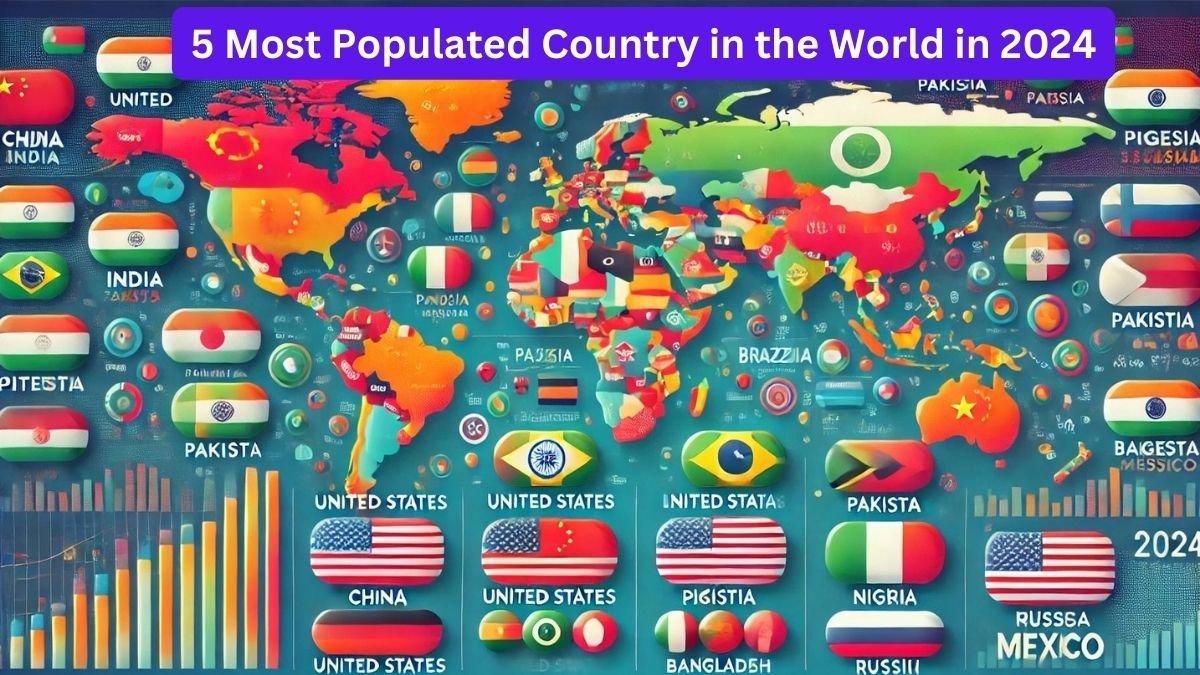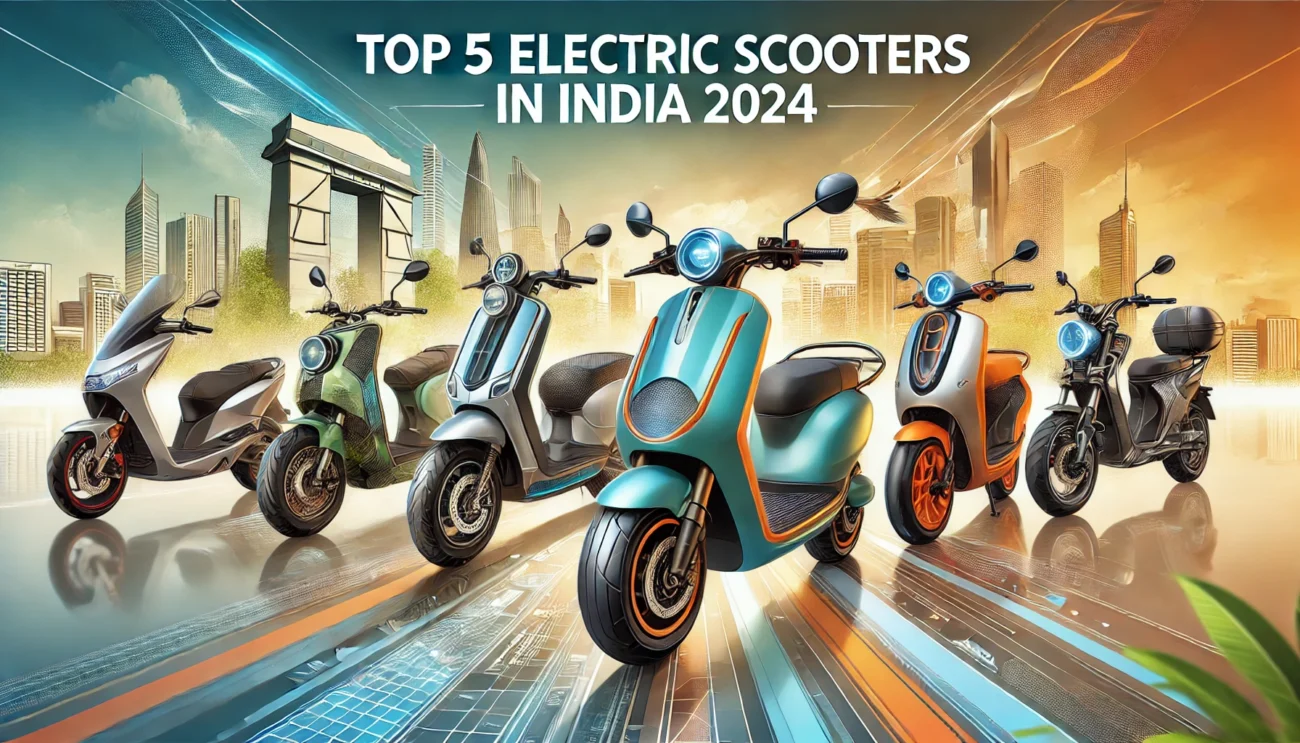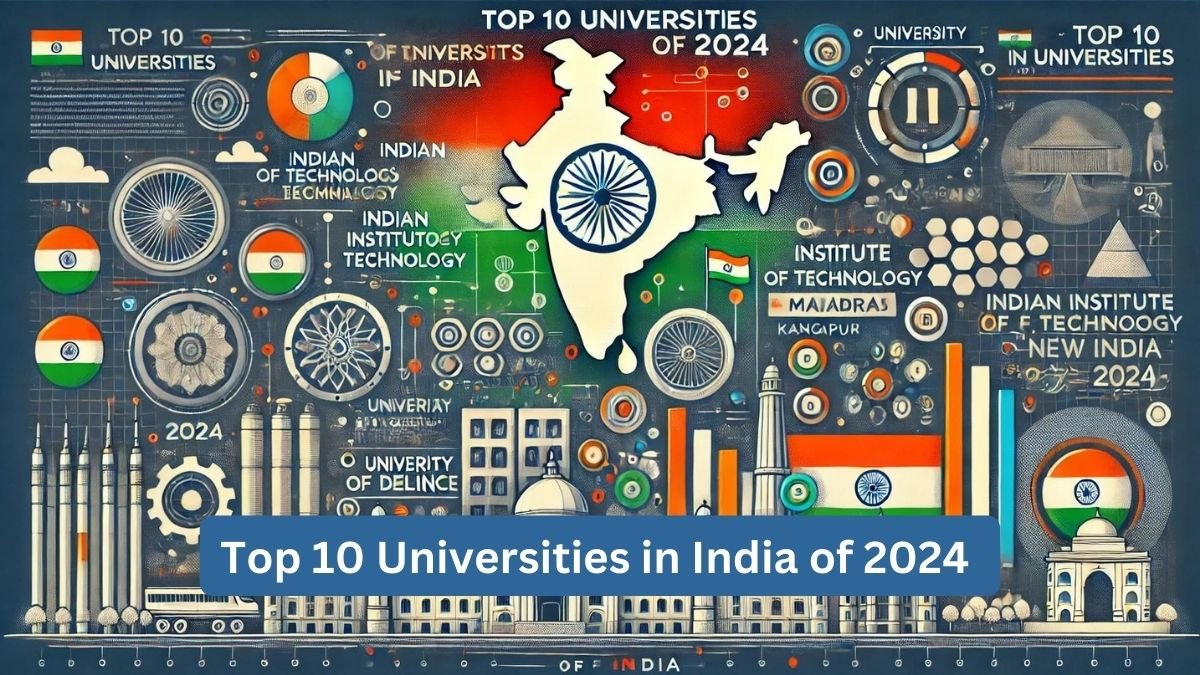Table of Contents
Toggle
Population plays a critical role in shaping a country’s economic, social, and geopolitical landscape. As of 2024, five nations lead the world in terms of population size, each contributing uniquely to global trends and issues. Here’s a closer look at these top five most populated countries:
1. India (Population: 1,450,935,791)
India is the world’s most populated country in 2024, with a remarkable population of approximately 1.45 billion people. This figure represents about 17.78% of the global population. Despite its vast land area of 2,973,190 square kilometers, the country experiences a high population density of 488 people per square kilometer. India’s demographic profile is characterized by a diverse and rapidly growing population, which significantly impacts its social and economic fabric.
| Population | 1,450,935,791 |
| Density (P/Km²) | 488 |
| Land Area (Km²) | 2,973,190 |
| World Share (%) | 17.78 |
India’s extensive population places it at the forefront of global demographic trends.
2. China (Population: 1,419,321,278)
China is the second most populated country in 2024, with a population nearing 1.42 billion, making up 17.39% of the global total. The country spans 9,388,211 square kilometers and has a density of 151 people per square kilometer. China’s substantial population and its economic growth are critical in shaping global markets and international relations.
| Population | 1,419,321,278 |
| Density (P/Km²) | 151 |
| Land Area (Km²) | 9,388,211 |
| World Share (%) | 17.39 |
China’s vast population and economic prowess continue to influence its global standing.
3. United States (Population: 345,426,571)
The United States ranks third among the world’s most populated countries in 2024, with a population of around 345 million. This constitutes 4.23% of the global population. With a land area of 9,147,420 square kilometers, the U.S. has a relatively low density of 38 people per square kilometer. The diverse and dispersed population plays a significant role in the country’s economic and cultural impact worldwide.
| Population | 345,426,571 |
| Density (P/Km²) | 38 |
| Land Area (Km²) | 9,147,420 |
| World Share (%) | 4.23 |
The United States’ extensive and varied population contributes to its prominent global role.
4. Indonesia (Population: 283,487,931)
Indonesia holds the fourth position in terms of population, with approximately 283 million people. This represents 3.47% of the world’s population. With a land area of 1,811,570 square kilometers, Indonesia’s population density is 156 people per square kilometer. The country’s large population is pivotal in its regional influence and development.
| Population | 283,487,931 |
| Density (P/Km²) | 156 |
| Land Area (Km²) | 1,811,570 |
| World Share (%) | 3.47 |
Indonesia’s demographic size significantly impacts its economic and political landscape.
5. Pakistan (Population: 251,269,164)
Pakistan is the fifth most populous country in 2024, with a population of about 251 million, making up 3.08% of the global population. The country covers 770,880 square kilometers and has a density of 326 people per square kilometer. Pakistan’s large and growing population plays a crucial role in its regional dynamics and development strategies.
| Population | 251,269,164 |
| Density (P/Km²) | 326 |
| Land Area (Km²) | 770,880 |
| World Share (%) | 3.08 |
Pakistan’s demographic profile is integral to its economic and social progress in the region.
The world’s most populated countries in 2024 reveal significant insights into global demographics and their impact on international dynamics. From India and China’s vast populations to the rapidly growing numbers in Indonesia, Pakistan, and the United States, each nation’s population size influences its economic, social, and geopolitical roles. Understanding these demographic trends helps us grasp the complexities and opportunities faced by these countries on the global stage.


